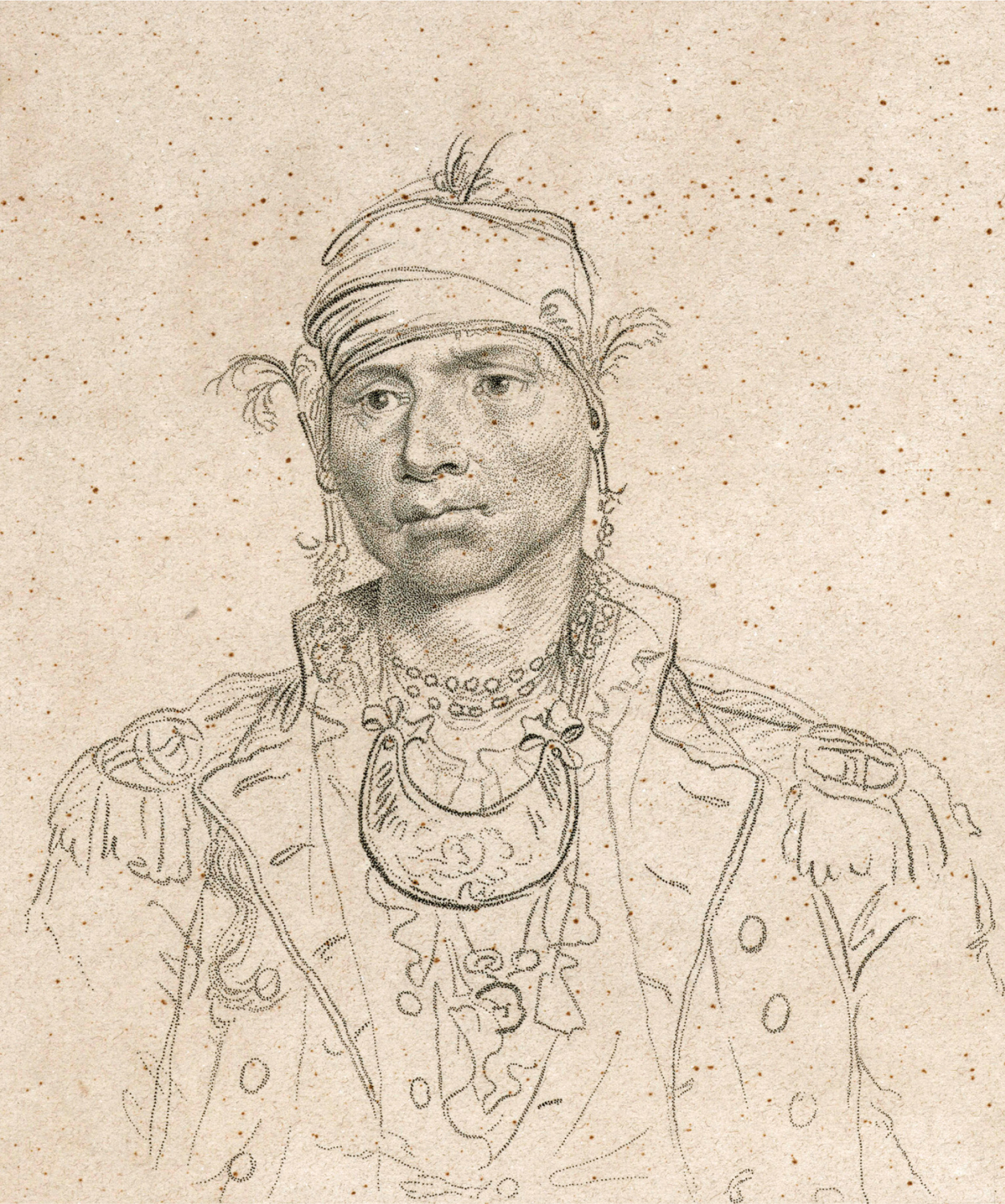The American Promise:
Printed Page 237
The American Promise Value
Edition: Printed Page 225
Creeks in the Southwest

An urgent task of the new government was to take charge of Indian affairs while avoiding the costs of warfare. Some twenty thousand Indians affiliated with the Creeks occupied lands extending from Georgia into what is now Mississippi, and border skirmishes with land-
McGillivray had a mixed-
The chief reluctantly met with Knox’s delegates and spurned the substantial concessions the American negotiators offered, chief among them a guarantee of the Creeks’ extensive tribal lands. McGillivray sent the negotiators away, enjoying, as he wrote to a Spanish trader, the spectacle of the self-
A year later, Secretary Knox reopened diplomatic relations. To coax McGillivray to the treaty table, Knox invited him to New York City to meet with the president. McGillivray arrived in a triumphal procession of various lesser Creek chiefs and was accorded the honors of a head of state.
The negotiations stretched out for a month, resulting in the 1790 Treaty of New York that looked much like Knox’s original plan: Creek tribal lands were guaranteed, with a promise of boundary protection by federal troops against land-
Actually, both sides had made promises they could not keep. McGillivray figured that the Creeks’ interests were best served by maintaining creative tension between the American and Spanish authorities, and by 1792, he had signed an agreement with the Spanish governor of New Orleans, in which each side offered mutual pledges to protect against encroachments by Georgia settlers. By the time Alexander McGillivray died in 1793, his purported leadership of the Creeks was in serious question, and the Treaty of New York joined the list of treaties never implemented. Its promise of federal protection of Creek boundaries was unrealistic from the start, and its pledge of full respect for Creek sovereignty also was only a promise on paper.
At the very start of the new government, in dealing with the Creeks, Washington and Knox tried to find a different way to approach Indian affairs, one rooted more in British than in American experience. But in the end, the demographic imperative of explosive white population growth and westward-